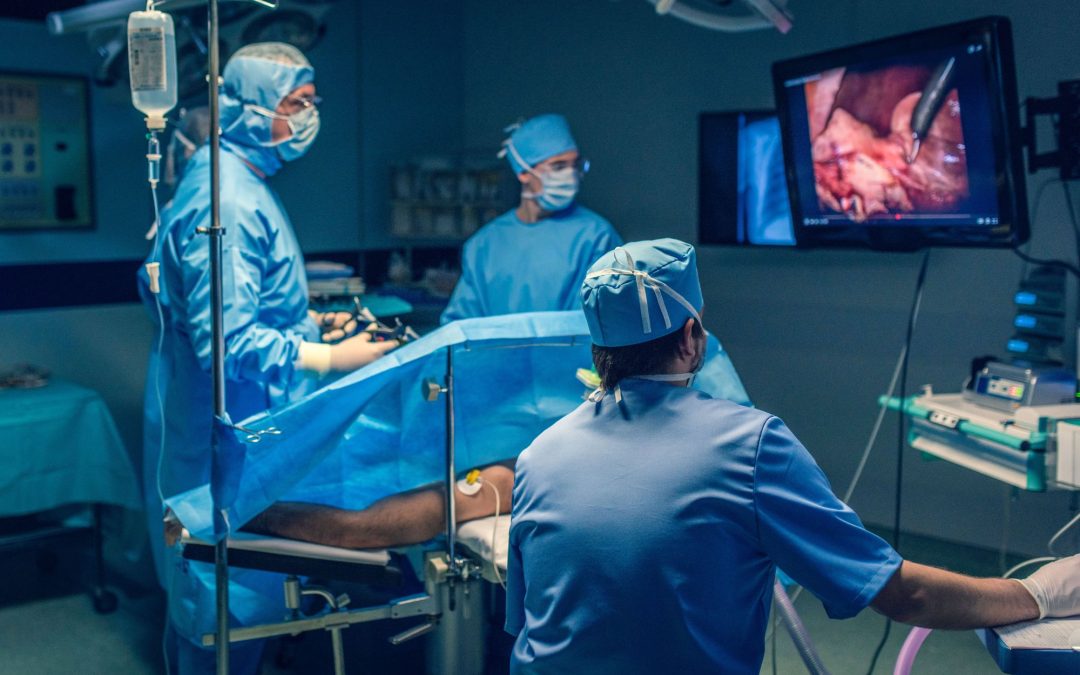A sigmoidectomy, also known as sigmoid colectomy, is a surgical procedure that involves the removal of all or part of the sigmoid colon, which is the S-shaped section of the large intestine closest to the rectum and anus. This surgery is typically performed to treat conditions affecting this part of the colon.
Causes for Sigmoidectomy
The primary causes for undergoing a sigmoidectomy include:
- Diverticulitis: Inflammation or infection of small pouches (diverticula) that can form in the walls of the colon.
- Colorectal Cancer: Malignant tumors located in the sigmoid colon.
- Obstructions: Blockages in the colon that could be due to cancer, strictures, or other causes.
- Polyps: Large or numerous polyps that may have the potential to become cancerous.
- Inflammatory Bowel Disease (IBD): Severe cases of Crohn’s disease or ulcerative colitis that are not responsive to other treatments.
- Volvulus: Twisting of the sigmoid colon, which can cut off blood supply and lead to necrosis.
Symptoms Leading to Sigmoidectomy
Patients typically experience symptoms related to the underlying condition that necessitates a sigmoidectomy. These may include:
- Abdominal pain, often severe and localized to the lower left quadrant.
- Changes in bowel habits, such as constipation or diarrhea.
- Rectal bleeding or blood in the stool.
- Unexplained weight loss.
- Bloating and gas.
- Fever and chills (especially in cases of infection like diverticulitis).
Diagnosis
To diagnose conditions necessitating a sigmoidectomy, physicians may use various tests and procedures, including:
- Colonoscopy: Direct visualization of the colon.
- CT Scan: Detailed imaging to detect inflammation, obstruction, or tumors.
- Blood Tests: To check for infection, anemia, or other related issues.
- Biopsy: Tissue samples taken during colonoscopy to check for cancer or other diseases.
Treatment
The primary treatment for conditions requiring a sigmoidectomy is the surgical removal of the affected portion of the colon. The surgery can be performed in different ways:
- Open Sigmoidectomy: A traditional approach where a large incision is made in the abdomen.
- Laparoscopic Sigmoidectomy: A minimally invasive technique using small incisions and a camera to guide the surgery.
- Robotic-Assisted Sigmoidectomy: A type of laparoscopic surgery using robotic systems for enhanced precision.
Post-surgery, treatment includes:
- Medications: Pain management, antibiotics to prevent infection, and other medications as needed.
- Dietary Changes: Gradual reintroduction of foods, starting with liquids and progressing to solids.
- Rehabilitation: Gradual increase in physical activity as recovery progresses.
- Follow-up Care: Regular monitoring for complications and ensuring the patient is healing properly.
Recovery
Recovery times vary based on the type of surgery and the patient’s overall health:
- Hospital Stay: Typically ranges from a few days to a week.
- Full Recovery: Generally takes 4-6 weeks for minimally invasive surgery, and longer for open surgery.
- Potential Complications: Include infection, bleeding, bowel obstruction, and issues related to anesthesia.
A sigmoidectomy is a significant procedure, but for many patients, it can greatly improve quality of life and alleviate severe symptoms associated with colorectal conditions.



